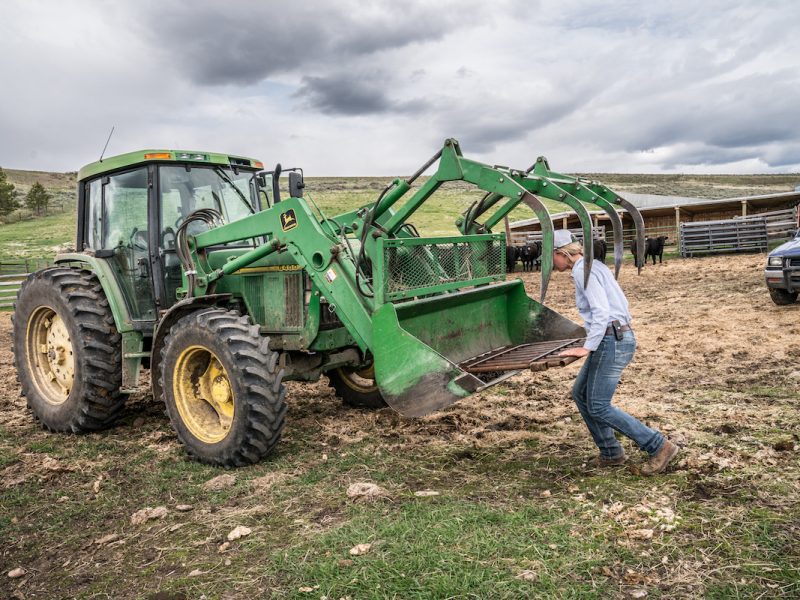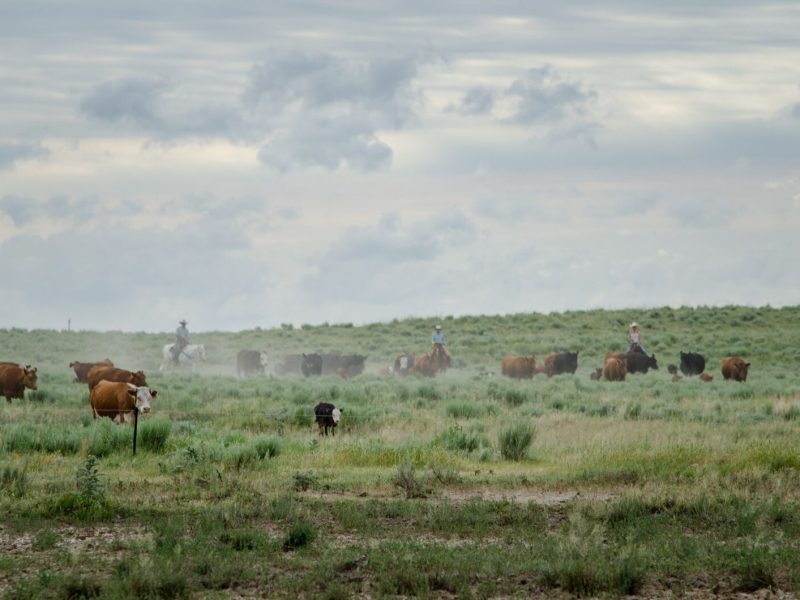
How the COVID-19 relief package can help western landowners

CARES Act individual provisions
Over the weekend congress passed, and the president signed, the Coronavirus Aid, Relief, and Economic Security (CARES) Act. The most-talked-about aspect of the $2 trillion dollar package of government assistance is the $1200 direct payments to individuals making up to $75,000, or $2,400 for couples (filing taxes jointly) making up to $150,000. The act also expands unemployment benefits that boost the maximum benefit by $600 per week and provide laid-off workers their full pay for four months. It extends unemployment eligibility to independent contractors and the self-employed.
The law also includes specific provisions for critical sectors of the economy, with particular assistance for agricultural businesses and land managers. In the following, we lay out these provisions and, where appropriate, how to avail yourself of them.
Key Points
- $14 billion in additional funding for the Commodity Credit Corporation of USDA.
- $9.5 billion in support for specialty crop producers, dairy farmers and livestock producers, to compensate for losses from markets shuttered or impacted by the pandemic.
- Farmers and agricultural and rural businesses are eligible for up to $10 million in small business interruption loans through the Small Business Administration. Repayment forgiveness will be provided for funds used for payroll, rent or mortgage and utility bills.
- $70 million to help the U.S. Forest Service serve rural communities and reduce the spread of COVID-19.
Small Business Administration funds
$1 billion was allocated to the Small Business Administration (SBA) to guarantee loans to rural businesses to help weather the economic downturn. Agricultural and rural businesses are eligible for up to $10 million in small business interruption loans from eligible lenders, including Farm Credit institutions. Non-profit organizations are also eligible. Importantly, repayment forgiveness will be provided for funds used for payroll, rent or mortgage and utility bills.
Contact a local SBA resource center, or your local lender if your business has one, to inquire about applying. SBA expects rules for the program to be finalized within two weeks.
Department of Agriculture authorizations
The CARES Act adds $14 billion to the Agriculture Department’s Commodity Credit Corp spending authority, and authorizes another $9.5 billion for U.S. farmers and ranchers hurt by the pandemic. The Commodity Credit Corp (CCC), set up during the Great Depression nearly a century ago, has been tapped by the Trump Administration for nearly $30 billion in recent years to compensate farmers and assist the sector due to the U.S.-China trade wars. The bill brings the fiscal 2020 authority limit to $44 billion.
The $9.5 billion fund will be used to specifically assist producers affected by the pandemic, such as cattle ranchers and hog and dairy farmers, as well as fruit, vegetable and other so-called “specialty crop” producers, and those who sell through farmers markets and other local food systems that have been shuttered or economically impacted by the pandemic.
USDA’s Farm Service Agency (FSA) is dealing with a larger-than usual call volume at the moment, so please be patient. The FSA did receive $3 million to scale capacity to meet the increased demand from farmers affected by the crisis
Additional rural assistance funding
The CARES Act specifies more than $70 million to help the U.S. Forest Service serve rural communities and reduce the spread of COVID-19 through personal protective equipment for first responders and the cleaning of facilities.
The act also provides $25 million for telemedicine tools to help rural patients access medical care, no matter where they live. Relatedly, rural internet access advocates succeeded in securing long-desired additional funding for high-speed internet expansion in small towns and rural communities. The $100 million is unlikely to help directly during this crisis, but shelter-in-place recommendations and the related increase in virtual gatherings has pointed out the critical nature of this infrastructure for the resilience of rural communities.
Food access and supply funding
A lot of USDA-administered food access programs, including funding for food banks, school meals programs, and supplemental nutrition assistance programs (SNAP, formerly known as food stamps), received large influxes of capital to enable response to anticipated additional need. These programs provide additional purchasing power to local agencies and organizations to buttress local producers.
In particular, the CARES Act provides, $15.8 billion to fund food assistance, $9 billion to fund child nutrition improvements, $450 million to provide food banks with additional resources for food and distribution and $100 million for food distribution in tribal communities to provide facility improvements, equipment upgrades and food purchases.



